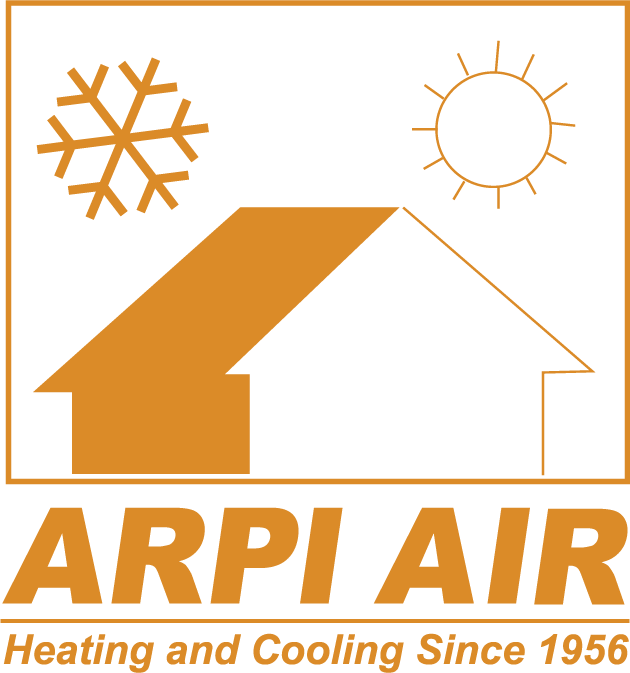
Insulation is crucial to keeping your home comfortable and maximizing your energy efficiency. If you want to save money and get your home nearly airtight, you need more than just basic insulation, though. Let’s go over a few types of insulation you may not have heard of, so you can have the opportunity to get the most out of your HVAC system and maximize its efficiency.
1. Additional Insulation
A lot of heat escapes through the roof, as hot air tends to rise. Polyiso insulation is an excellent addition to roof underlayments. It is a rigid, closed-cell foam board that is attached to facers on either side. As a continuous insulation solution, polyiso works really well for low slope roofs as well as wall assemblies. It can be used in combination with regular types of insulation as well for maximum performance.
Spray foam insulation is great for corners, crevices, and cracks that might be hard to insulate otherwise. Most leaks are able to be easily sealed with spray foam insulation.
Insulated concrete forms can be used in the construction of new homes or home extensions. They are naturally insulated by a thick layer of concrete and provide a continuous air barrier. When designing a home for maximum energy-efficiency, the first thing to do is establish the foundation and wall system with net-zero ICF construction in mind. Even if you can?t create net-zero efficiency now, the steps needed to get there are commonly understood as a best-practice approach to insulating a home.
Below grade continuous insulation is interior and exterior insulation beneath ground level with no gaps or breaks at all. Below grade insulation is critical for reducing moisture underground, which these areas are especially prone to.
2. Window Sealing
Windows lose a lot of air if they aren’t sealed properly. You can use caulk or spray foam insulation to seal up any areas in your windows near the edges that might be leaking air. In the winter, you might even want to consider putting transparent plastic over your windows if you won’t be using them. Energy star rated windows also lose far less heat.
3. Proper Ventilation
Proper ventilation is another key factor in preventing hot or cold air from escaping your home. Having an HVAC system without leaks or holes in it should be high up on your list of priorities. Dampers are great too because they can prevent you from needlessly heating unused rooms while your HVAC is running.
4. Chimney Balloons
Use these to plug your chimney when it’s not being used. Doing so will prevent a lot of heat or cool air from escaping out the top of your house through the hole in your chimney.
5. Weather Stripping
The cracks in doors and windows are another major way that air escapes your home. Sealing gaps around windows by tacking on some weather stripping can greatly reduce the amount of conditioned air that escapes from these cracks.
Perfect Insulation Requires a Comprehensive Approach
With so many ways to improve your insulation, it’s no surprise that you won’t have maximum energy efficiency unless you implement all of them. By adding chimney balloons, weatherstripping, proper ventilation, additional insulation and window sealing, you’ll prevent almost any hot or cold air from escaping your home.
Guest blog post by: Matt Lee is the owner of the Innovative Construction and Building Materials blog and a content writer for the building materials industry. He is focused on helping fellow homeowners, contractors, and architects discover materials and methods of construction that save money, improve energy efficiency, and increase property value.

